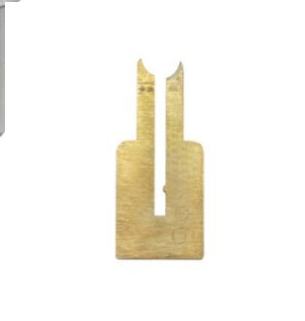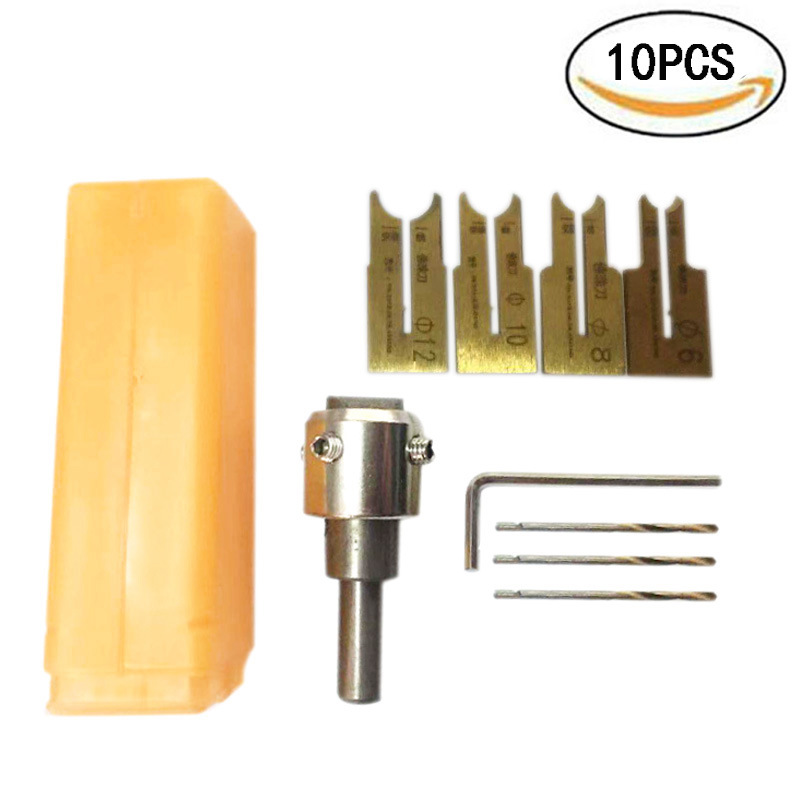

Name: Industrial-grade bead knife
Material: Tungsten steel blade / 45 steel shank
Model:
Industrial grade bead knife 10 * 6mm
Industrial grade bead knife 10 * 8mm
Industrial grade bead knife 10 * 10mm
Industrial grade bead knife 10 * 12mm
Industrial grade bead knife 10 * 14mm
Industrial grade bead knife 10 * 15mm
Industrial grade bead knife 10 * 16mm
Industrial grade bead knife 10 * 18mm
Industrial grade bead knife 10 * 20mm
Industrial grade bead knife 10 * 22mm
Industrial grade bead knife 10 * 25mm
Industrial-grade bead knife 10 * 28mm
Industrial grade bead knife 10 * 30mm
Handle diameter: 10 (mm)
Material: Carbide
Type: Side Mill
Whether coating: coating
Applicable materials: agarwood / redwood / sandalwood / goldwood and other advanced wood processing (please use flat wood processing)
Applicable equipment: It is recommended to use it on bench drills, and try to avoid using it on hand drills
Use of milling cutter
Tool selection
To achieve the purpose you need, be sure to use a tool with a short cutting edge as much as possible. If the cutting edge is too long or the tool body is too long, it will cause vibration and deflection during processing, which will cause damage to the tool and affect the quality of processing. We recommend using Tool with larger shank diameter
Tool operation
(1) Woodworking cutters are specially designed for portable and desktop woodworking engraving machines. They cannot be used on equipment such as electric drills, drilling machines, etc.
(2) The cutter can produce a smooth surface for wood processing such as hardwood, softwood, synthetic board, but to avoid processing metal materials such as copper and non-wood materials such as sand and stone
(3) Be sure to use a jacket of the appropriate size, because the jacket with severe wear, insufficient roundness and taper in the hole cannot provide sufficient tightening force, which will cause vibration or twist the tool holder and fly off.
(4) Do not think that the new jacket-it must be safe and reliable. When the tool is found to have uneven contact marks or grooves after the tool is clamped, it indicates that there is slippage and the inner hole of the jacket has changed. At this time, the jacket should be replaced immediately to avoid accidents.
(5) After the tool is clamped, if it is found that the knife has a jumping phenomenon when it is working, it should immediately stop and repeat the clamping several times to allow the tool shank and the jacket to fully contact before working.
(6) The contact between the tool shank and the jacket should be good, and the tool shank must be fully inserted into the jacket.
Tighten firmly to provide sufficient tightening force on the tool. Only a small part can be inserted into the jacket, otherwise the tool shank will be broken and the tool will be damaged.
(7) Use appropriate eye and ear protection when operating.
(8) Keep your body, clothes, and other sundries away from the cutter at work.
Tool maintenance
(1) Keep the tool clean. After use, make sure the resin, sawdust and other dirt on the tool are clear. Use standard industrial solvents to clean the tool.
(2) Applying a small amount of engine oil can prevent the surface of the blade from rusting, all the stains on the strong tool shank
To prevent slippage during use.
(3) Do not grind the tool and change the shape of the tool without authorization, because each grinding process requires professional grinding equipment and professional grinding skills, otherwise it is easy to cause cutting edge breaks and accidents.
The bead knife 16PC contains: 14 15 16 18 20 22 25 blades + 1 handle + 7 cores (other specifications cannot be replaced)
The bead knife 10PC contains: 6 8 10 12 blades + 1 handle + 4 cores (other specifications cannot be replaced)
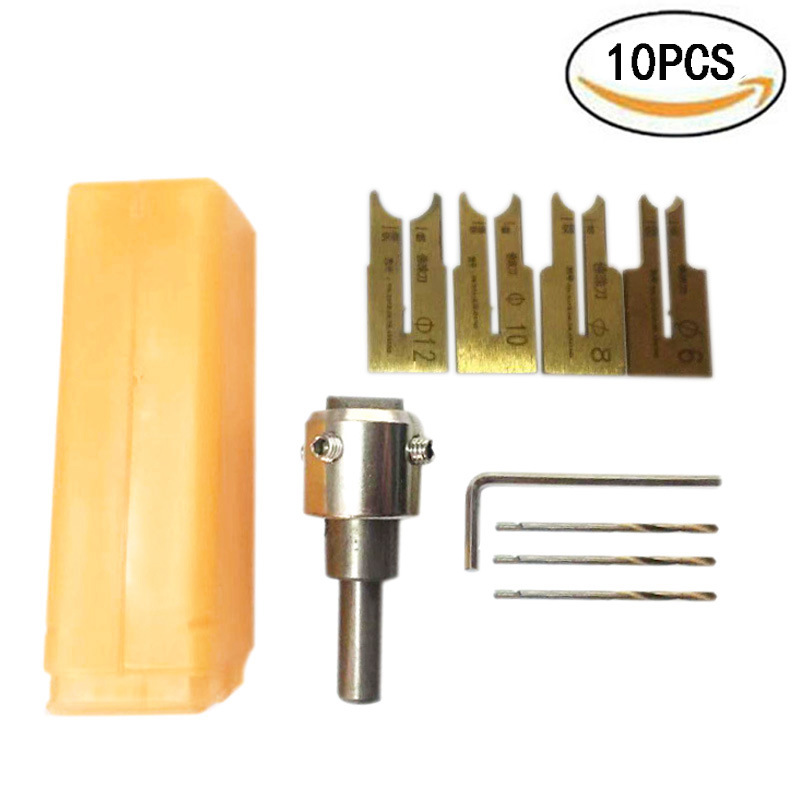
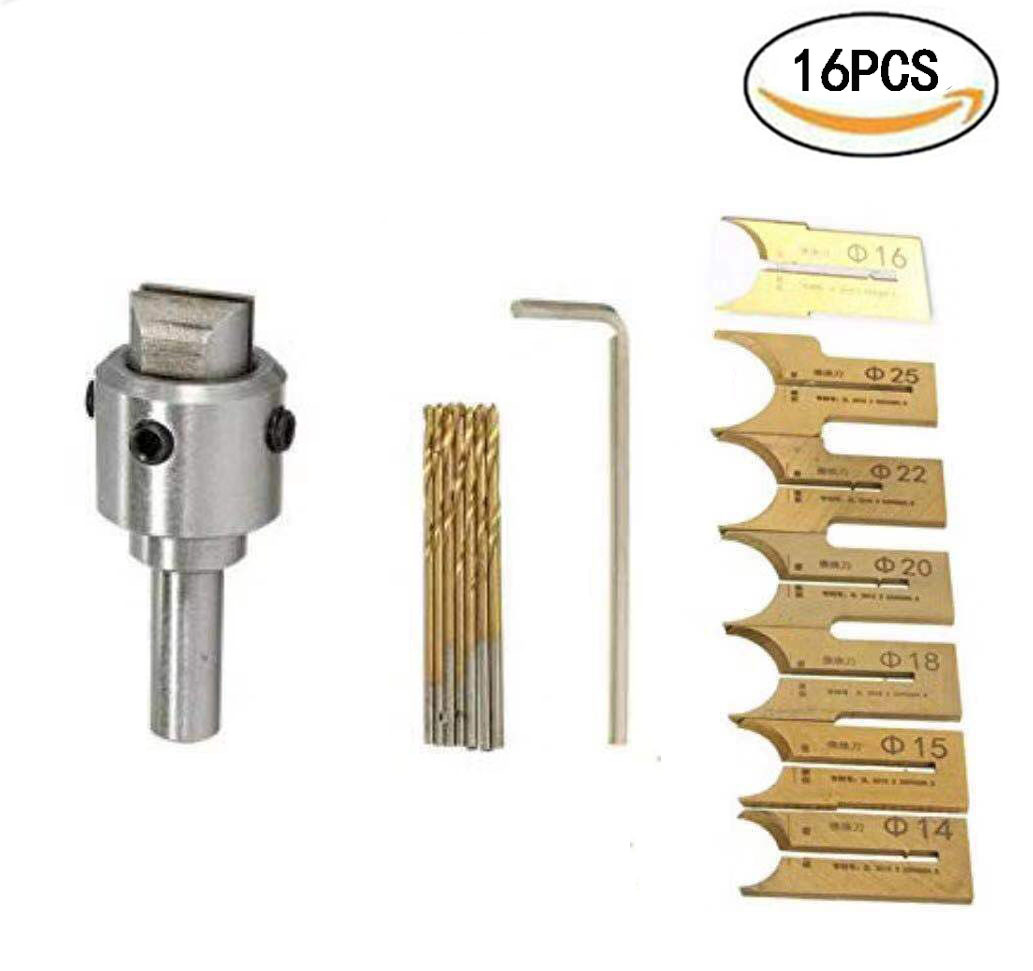
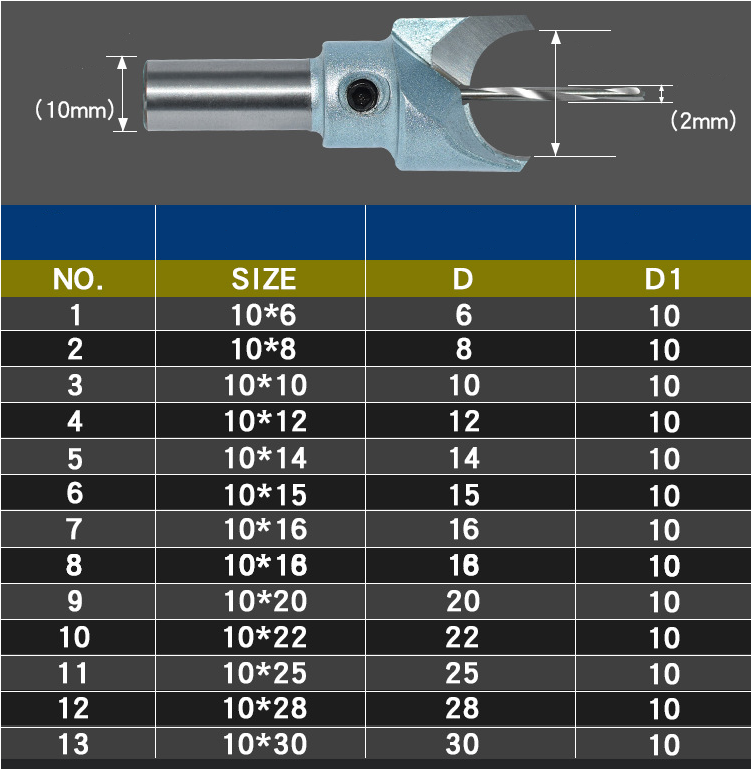
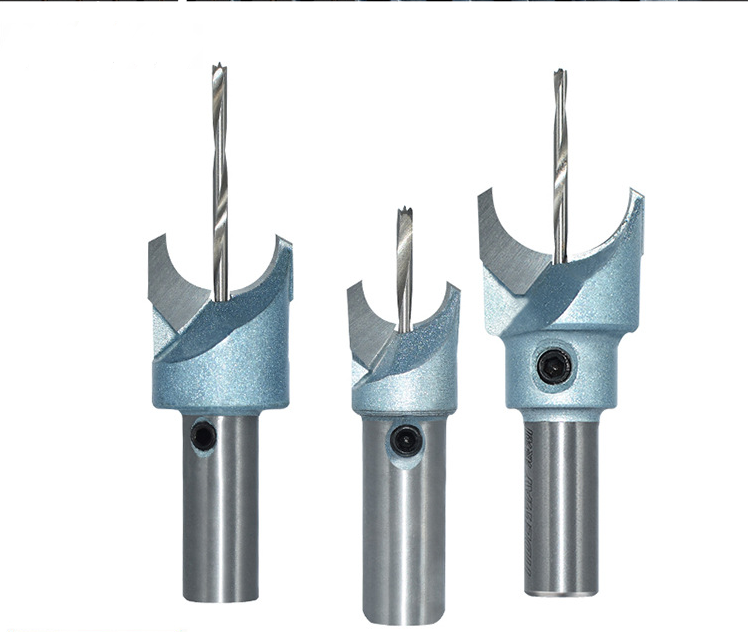
Verification Code
The file is downloading, please do not close the page.
Buddha Beads Drill bit
- 10mm
- 12mm
- 3pcs a set
- 6mm
- 8mm
- 10pcs a set
- 14mm
- 15mm
- 16mm
- 16pcs a set
- 18mm
- 20mm
- 22mm
- 24pcs a set
- 25mm
- 28mm
- 30mm






